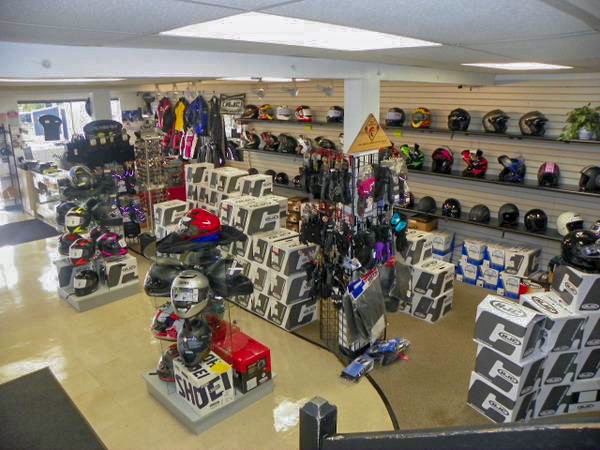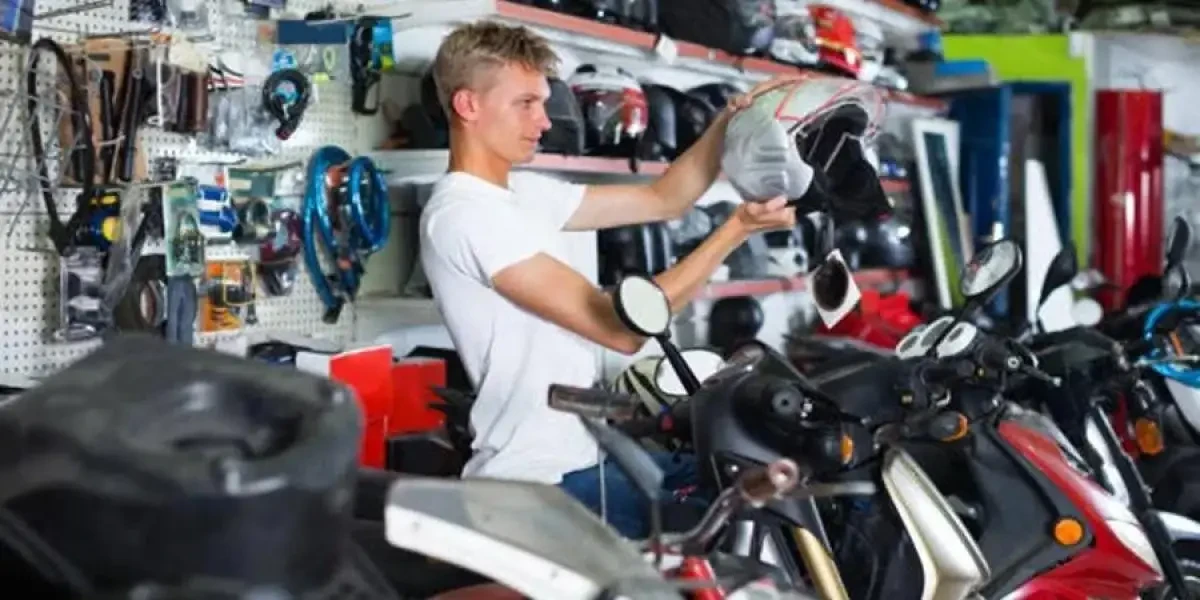Comprehending the Crucial Parts of a Motorbike: A Comprehensive Overview for Enthusiasts
For motorbike lovers looking to boost their riding experience and guarantee their bikes run efficiently, recognizing the important components of a motorcycle is critical. Each aspect, from the engine's intricate functions to the vital function of the braking systems, not just affects efficiency yet also safety and security and comfort. This guide will certainly walk via the basic parts that every cyclist should recognize with, enabling informed choices in both upkeep and possible upgrades. As we start this exploration, one must ask: how does each part connect to produce the smooth adventure every lover looks for?
Engine Parts

The camshaft plays an essential duty in controlling the timing of the engine's valves, making sure the accurate opening and closing essential for reliable gas and air intake, in addition to exhaust expulsion. This timing is crucial to maintaining optimal engine performance and performance. Additionally, the carburetor or fuel injection system, relying on the motorcycle model, is accountable for mixing air with fuel in the right proportion for combustion.
The cooling system, either air or liquid-based, works to maintain the engine's temperature within operational limits, avoiding getting too hot and making certain longevity - motox parts nz. Each part, carefully developed and incorporated, contributes to the seamless operation of the engine, specifying the motorcycle's power outcome and total performance
Transmission System
Integral to the motorbike's capability, the transmission system makes certain efficient power transfer from the engine to the wheels. This system comprises a number of crucial elements, consisting of the clutch, transmission, and final drive, each playing an essential duty in translating the engine's power into motion. The clutch, usually run by a hand bar, offers to involve and disengage the engine from the transmission, permitting for smooth equipment adjustments and controlled acceleration.
The gearbox, typically referred to as the transmission proper, includes a collection of gears that bikers can manually change via to change the bike's rate and torque result. These gears are prepared in a series that enables the bike to increase smoothly and maintain ideal engine efficiency across various speeds. The majority of motorcycles make use of a sequential gearbox, needing the rider to change gears in an established order.
Braking Devices
While understanding the transmission system is essential to harnessing a bike's power, just as vital is the capacity to control and stop that power properly, which is where stopping mechanisms come right into play. Brakes are critical for safety and performance, supplying the motorcyclist with the essential control to navigate various surfaces and conditions. Commonly, motorbikes feature two types of braking systems: disc brakes and drum brakes.
Disc brakes are much more widespread in modern-day motorcycles due to their premium performance. This system offers better warm dissipation, consistent performance, and enhanced quiting power, specifically in damp conditions.
Alternatively, drum brakes, though much less common, are still located in some bikes. They function by pressing brake footwear versus the internal surface area of a drum connected to the wheel. While usually less effective in heat dissipation and stopping power, drum brakes are less complex and more cost-effective.
Comprehending these braking systems' nuances permits cyclists to maintain their motorbikes appropriately and appreciate the design that makes certain risk-free and reliable stopping.
Suspension and Guiding
Suspension and guiding systems are vital components that significantly influence a bike's handling and experience comfort. The suspension system, including forks at the front and shock absorbers at the back, soaks up roadway irregularities, enhancing security and control. Front forks, inverted look at this now or normally telescopic, compress and rebound to alleviate impacts, while rear shock absorbers maintain tire call with the road, crucial for grip and security.
Guiding, centered around the handlebars, connects the rider to the motorcycle's directional control. The steering head bearings ensure smooth operation, allowing specific maneuverability. Proper placement and maintenance of these bearings are critical for foreseeable steering feedback and minimizing rider tiredness.
The suspension's adjustability is one more vital facet; preload, damping, and rebound setups enable customization to match numerous riding styles and problems. This versatility is important for enhancing efficiency, whether browsing city streets or tackling sturdy routes. Advancements like digital shock absorber offer real-time modifications, improving ride high quality across varied surfaces.

Electric Systems
After guaranteeing a smooth and controlled trip with efficient suspension and guiding systems, attention transforms to the electrical systems, a critical aspect of modern-day motorcycles. These systems play a crucial duty not just in beginning the engine but also in powering various elements that boost the capability and safety of the motorcycle.
At the heart of a motorbike's electric system is the battery, which shops electric energy essential for beginning the engine and powering complementary systems - motocross gear nz. The generator or generator, paired with the rectifier-regulator, guarantees the battery remains billed while the bike is in operation, transforming power into electric energy and keeping voltage degrees
The ignition system, an additional important part, is accountable for stiring up the air-fuel mix in the engine's cylinders. Modern motorbikes often use an electronic ignition system, using why not try here better performance and integrity compared to typical systems.
Lighting systems, including headlights, tail lights, and indicators, are likewise crucial, guaranteeing visibility and security for the rider. Additional digital components such as sensors, control units, and shows add to sophisticated functions like gas shot monitoring, anti-lock stopping systems (ABS), and digital dashboards, further improving the riding experience.
Final Thought
A complete comprehension of a motorcycle's vital components, including the engine, transmission system, stopping devices, suspension, guiding, and electrical systems, is vital for fanatics intending to maximize performance, security, and comfort. Proficiency of these components enables notified choices regarding maintenance and upgrades, ultimately improving the riding experience. By integrating this understanding, bikers can guarantee their motorbikes operate at peak effectiveness and dependability, therefore making the most of both pleasure and durability of their vehicles.
For motorbike fanatics looking to elevate their riding experience and ensure their bikes run efficiently, comprehending the important parts of a motorcycle is vital.Indispensable to the motorbike's performance, the transmission system guarantees reliable power transfer from the engine to the wheels.While understanding the transmission system is vital to using a motorcycle's power, similarly essential is the capability to control and quit that power effectively, which is where stopping devices come into play. Normally, motorcycles include 2 kinds of braking systems: disc brakes and drum brakes.
An extensive comprehension of a motorbike's necessary elements, consisting of the engine, transmission system, try here braking systems, suspension, steering, and electrical systems, is crucial for lovers intending to optimize comfort, safety, and performance.